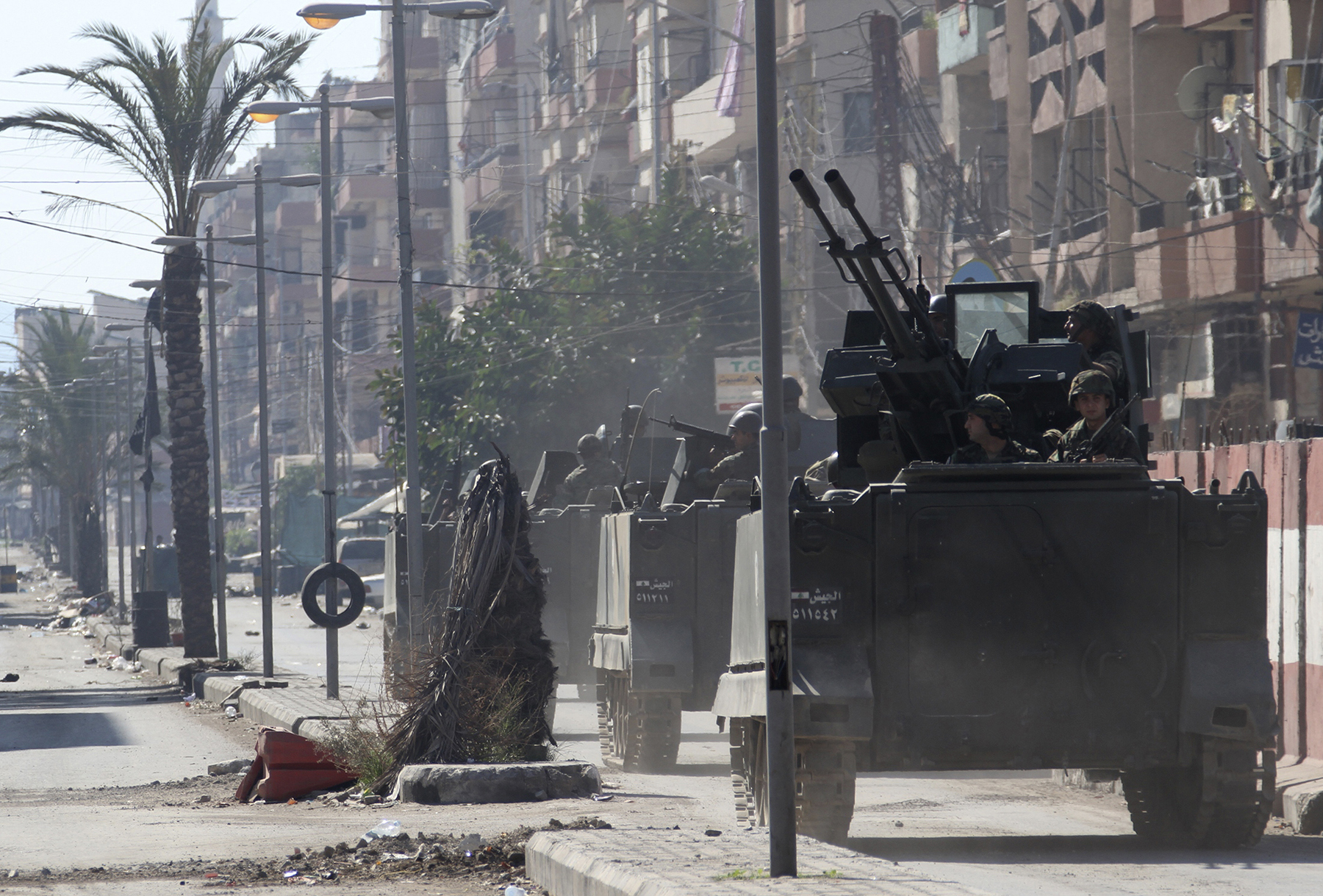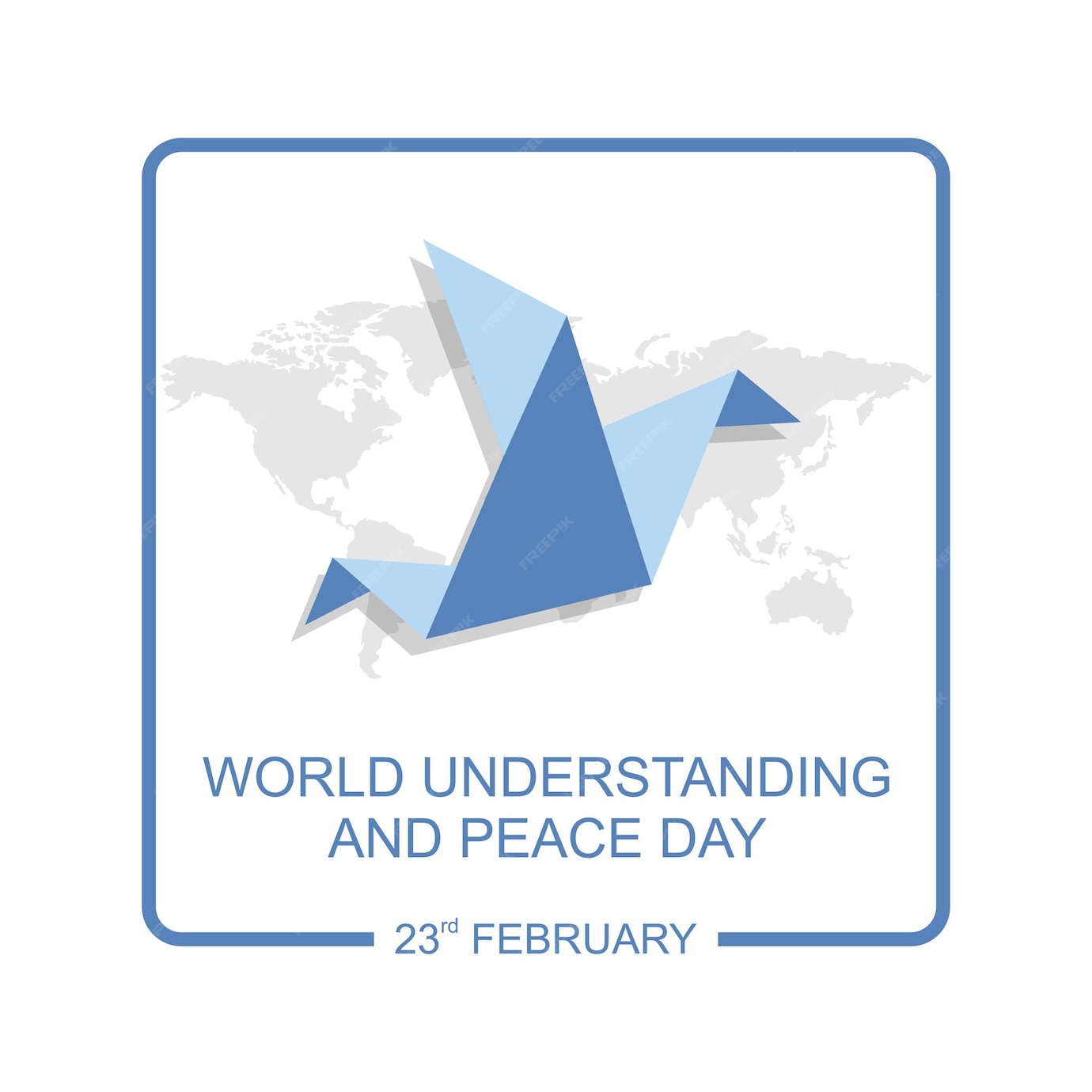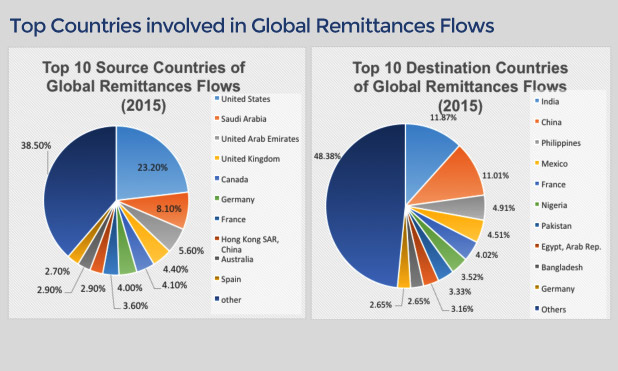Russia's Military Presence: A Source Of Instability In Europe

Table of Contents
Military Buildup and Aggressive Posturing
Russia's military buildup near European borders is a primary driver of instability. This aggressive posturing, manifested through increased troop deployments and the modernization of its weaponry, creates a climate of fear and uncertainty.
Increased Troop Deployments
The significant increase in Russian troops near NATO borders represents a tangible threat. These troop concentrations are not solely for defensive purposes; they are often accompanied by large-scale military exercises, simulating offensive operations.
- Increased activity near the Baltic states: Significant troop movements and military exercises have been observed in Kaliningrad, creating heightened tensions with NATO members Lithuania, Latvia, and Estonia.
- Escalation near Ukraine: The ongoing conflict in Ukraine showcases the dangerous implications of Russia's military deployments, with a persistent threat of further escalation.
- Modernization of military equipment: Russia continues to modernize its military hardware, including tanks, artillery, and air defense systems, enhancing its offensive capabilities and further destabilizing the region. This Russian military buildup is a clear demonstration of its willingness to project power.
Weapon Systems and Modernization
Russia's deployment of advanced weaponry, including hypersonic missiles and its substantial nuclear arsenal, further contributes to the instability. These sophisticated weapon systems possess significant range and destructive capabilities, creating a sense of vulnerability among neighboring countries.
- Hypersonic missiles: The development and deployment of hypersonic missiles challenge existing missile defense systems, creating a potential first-strike advantage and increasing the risk of escalation.
- Nuclear modernization: Russia's ongoing modernization of its nuclear arsenal, including the development of new delivery systems, adds another layer of complexity and danger to the regional security environment.
- Advanced air defense systems: The deployment of sophisticated air defense systems enhances Russia's ability to control airspace and project power, adding to the feeling of insecurity among its neighbors. This military modernization program fuels concerns about potential aggression.
Hybrid Warfare and Information Operations
Russia utilizes hybrid warfare tactics, including disinformation campaigns and cyberattacks, to destabilize European countries and undermine democratic processes. These information operations are a crucial aspect of Russia's broader military strategy.
Disinformation Campaigns
Russia employs sophisticated disinformation campaigns to spread propaganda and sow discord within target nations. These campaigns often utilize social media and other online platforms to manipulate public opinion and erode trust in democratic institutions.
- Targeting elections: Disinformation campaigns are frequently used to interfere in elections, aiming to influence voting outcomes and undermine faith in the electoral process.
- Promoting division: Propaganda narratives focus on exploiting societal divisions and polarizing public opinion on key political issues.
- Creating narratives: False or misleading narratives are strategically disseminated to undermine the credibility of government institutions and international organizations.
Cyberattacks and Interference
Russia's involvement in cyberattacks and election interference constitutes a serious threat to European security. These actions undermine the integrity of democratic processes and compromise national infrastructure.
- Targeting critical infrastructure: Cyberattacks targeting energy grids, financial institutions, and other critical infrastructure can cause significant disruption and damage.
- Election meddling: Attempts to manipulate voting systems or spread disinformation to influence election results represent a direct attack on democratic principles.
- Data breaches: Large-scale data breaches are used to steal sensitive information and potentially use it for blackmail or political manipulation.
Territorial Disputes and Annexations
Russia's annexation of Crimea and its ongoing military aggression in Ukraine represent a flagrant violation of international law and a significant source of instability in Europe. These actions demonstrate a willingness to use military force to achieve geopolitical objectives.
Crimea Annexation and the War in Ukraine
The annexation of Crimea in 2014 and the subsequent war in Ukraine have profoundly destabilized the region. These actions have led to significant loss of life, displacement of populations, and a heightened risk of further escalation.
- Violation of international law: The annexation of Crimea is a clear violation of international law and undermines the principles of territorial integrity and sovereignty.
- Regional instability: The conflict in Ukraine has created a humanitarian crisis and threatens to spread further, destabilizing neighboring countries.
- Escalation potential: The ongoing conflict carries the risk of escalation, potentially involving NATO members and leading to a wider regional conflict.
Other Territorial Claims and Disputes
Beyond Ukraine, Russia's territorial claims and disputes, particularly in the Baltic region and the Caucasus, contribute to regional tensions and the potential for future conflict. This makes Russia's military presence an ongoing concern for European stability.
- Transnistria: The unresolved conflict in Transnistria, a breakaway region of Moldova, demonstrates the enduring impact of Russia's military involvement in regional disputes.
- South Ossetia and Abkhazia: The ongoing presence of Russian peacekeepers in these breakaway regions of Georgia represents another potential flashpoint.
- Arctic disputes: Russia's increasing military presence in the Arctic region fuels concerns about potential competition for resources and control of strategic waterways.
Conclusion
Russia's military presence is undeniably a significant source of instability in Europe. The combination of military buildup, aggressive posturing, hybrid warfare tactics, and territorial disputes creates a volatile and unpredictable security environment. Understanding the complexities of Russia's military actions, from its troop deployments near European borders to its sophisticated information operations and territorial ambitions, is paramount to addressing the ongoing challenges to European peace and security. Further research into the multifaceted nature of Russia's military influence is essential to fostering informed debate and promoting lasting peace and security. Addressing the implications of Russia's military presence requires a multifaceted approach that includes diplomatic efforts, strengthening collective security mechanisms, and countering disinformation campaigns.

Featured Posts
-
 Reliance Shares Surge Biggest Gain In 10 Months After Strong Earnings
Apr 29, 2025
Reliance Shares Surge Biggest Gain In 10 Months After Strong Earnings
Apr 29, 2025 -
 Australia Vs The World Understanding Porsches Popularity Discrepancy
Apr 29, 2025
Australia Vs The World Understanding Porsches Popularity Discrepancy
Apr 29, 2025 -
 Legal Battle Looms Minnesota Defies Attorney General On Transgender Athlete Ban
Apr 29, 2025
Legal Battle Looms Minnesota Defies Attorney General On Transgender Athlete Ban
Apr 29, 2025 -
 Pw Cs Global Retreat Exiting Countries Amidst Scandal Concerns
Apr 29, 2025
Pw Cs Global Retreat Exiting Countries Amidst Scandal Concerns
Apr 29, 2025 -
 Reliance Earnings Surprise Boost For Indian Large Cap Stocks
Apr 29, 2025
Reliance Earnings Surprise Boost For Indian Large Cap Stocks
Apr 29, 2025
Latest Posts
-
 The Most Emotional Rocky Movie According To Sylvester Stallone
May 12, 2025
The Most Emotional Rocky Movie According To Sylvester Stallone
May 12, 2025 -
 Which Rocky Movie Touches Sylvester Stallone The Most
May 12, 2025
Which Rocky Movie Touches Sylvester Stallone The Most
May 12, 2025 -
 Stallone Reveals His Top Rocky Movie A Touching Choice
May 12, 2025
Stallone Reveals His Top Rocky Movie A Touching Choice
May 12, 2025 -
 Sylvester Stallone Picks His Most Emotional Rocky Film
May 12, 2025
Sylvester Stallone Picks His Most Emotional Rocky Film
May 12, 2025 -
 Sylvester Stallones Favorite Rocky Movie The Franchises Most Emotional Entry
May 12, 2025
Sylvester Stallones Favorite Rocky Movie The Franchises Most Emotional Entry
May 12, 2025
